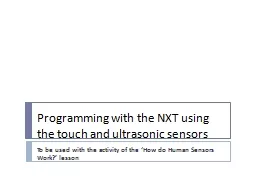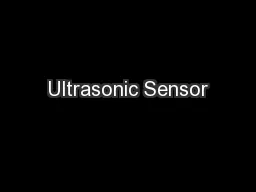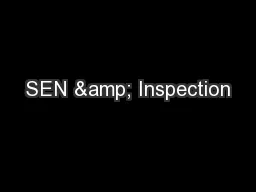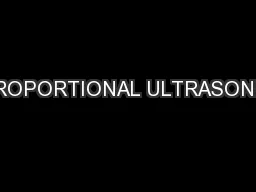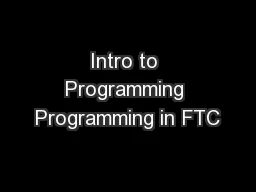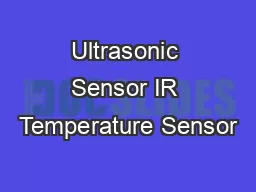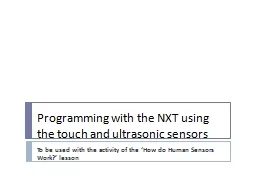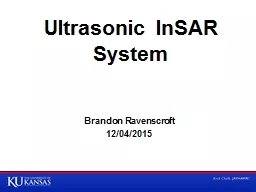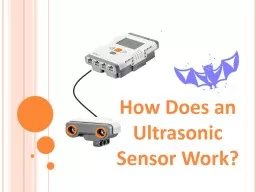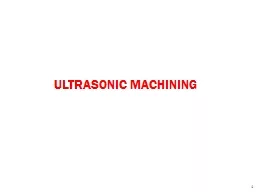PPT-Programming with the NXT using the touch and ultrasonic sen
Author : marina-yarberry | Published Date : 2017-06-14
To be used with the activity of the How do Human Sensors Work lesson How do you incorporate sensors into your programs What you know You can start your own program
Presentation Embed Code
Download Presentation
Download Presentation The PPT/PDF document "Programming with the NXT using the touch..." is the property of its rightful owner. Permission is granted to download and print the materials on this website for personal, non-commercial use only, and to display it on your personal computer provided you do not modify the materials and that you retain all copyright notices contained in the materials. By downloading content from our website, you accept the terms of this agreement.
Programming with the NXT using the touch and ultrasonic sen: Transcript
Download Rules Of Document
"Programming with the NXT using the touch and ultrasonic sen"The content belongs to its owner. You may download and print it for personal use, without modification, and keep all copyright notices. By downloading, you agree to these terms.
Related Documents

